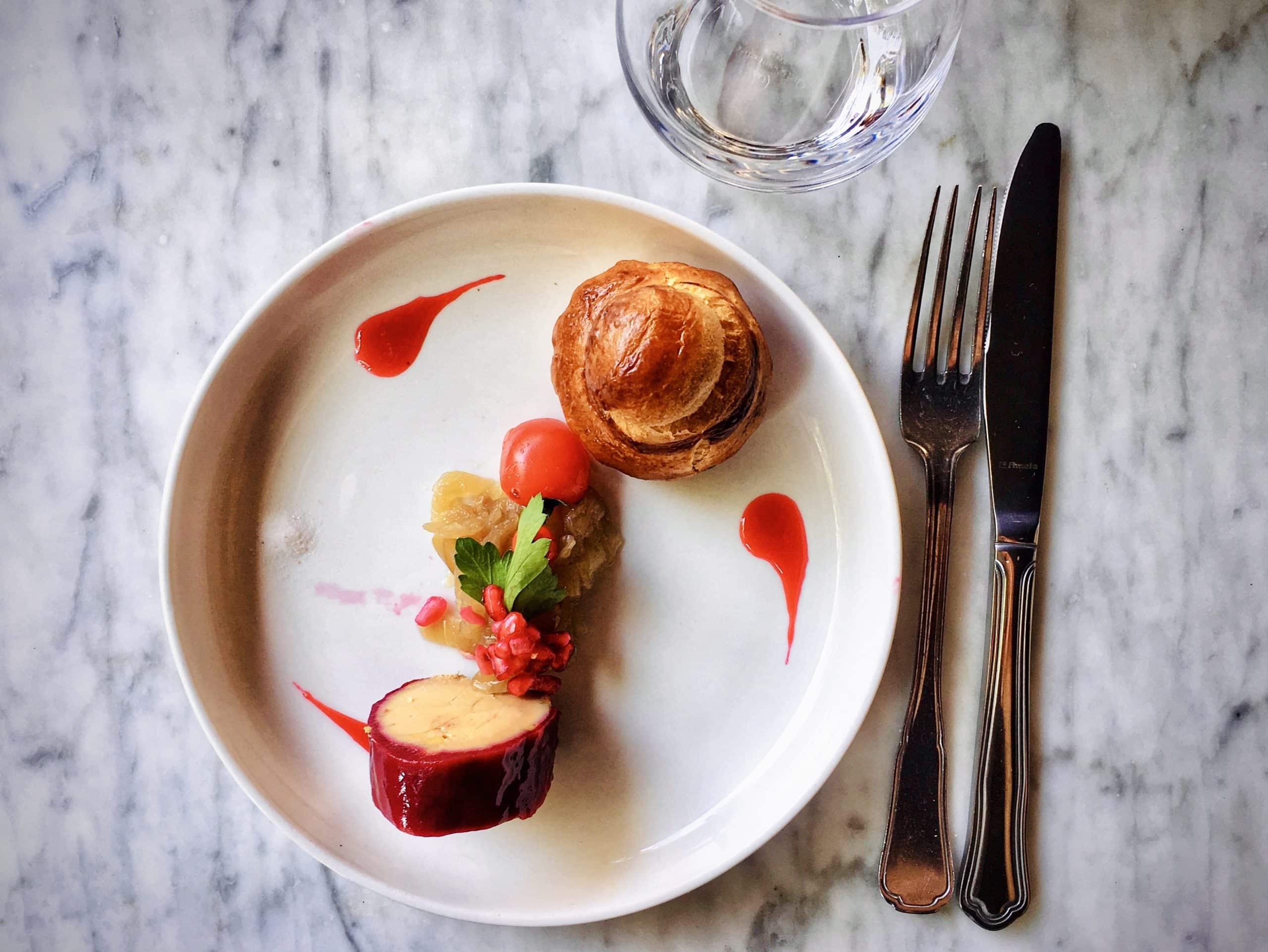How to Prepare a Classic French Cassoulet with Duck and Sausage?

In the world of French cuisine, few dishes are as hearty, delicious, and steeped in tradition as the cassoulet. This classic French dish hails from the Languedoc region in the south of France, and its name comes from the distinctive cassole dish it is traditionally baked in.
The recipe for cassoulet varies by region and family traditions, but the constants are the beans, a variety of meats, and a slow, patient cooking process that allows the flavors to meld together. Today, we will delve into a recipe featuring duck and sausage, two popular ingredients in a traditional cassoulet.
A voir aussi : What’s the Key to Perfectly Crusty French Baguettes with a Chewy Interior?
Understanding the Cassoulet
Before we dive into the wonderful world of cassoulet, it’s important to understand what this dish entails. This rich, slow-cooked casserole contains meat (typically pork sausages, goose, duck or mutton), pork skin (couennes) and white haricot beans. The dish is named after its traditional cooking vessel, the cassole, a deep, round, earthenware pot with slanting sides.
Cassoulet is a dish that is steeped in history and tradition. The roots of cassoulet can be traced back to the region of Languedoc in the South of France. It is said to have originated as a peasant dish, created from the ingredients that were readily available: dried beans, leftover meats, and preserved meats such as sausages and confit.
En parallèle : Can You Create a Gourmet Quinoa Salad with Roasted Vegetables and Feta?
Today, cassoulet is considered a classic of French cuisine, beloved for its rich, hearty flavors and the comfort it provides on a chilly day.
Choosing the Right Ingredients
The choice of ingredients can make or break your cassoulet. For the beans, opt for dried white haricot or cannellini beans. They have a creamy texture and a subtle flavor that allows the other ingredients to shine. However, if you can find them, the traditional choice is a French bean called "lingot," which is renowned for its flavor and texture in this dish.
The meats are the stars of the cassoulet. Duck confit, a French dish made with duck leg slowly cooked in its own fat, is a popular choice. The fat imbues the duck with a rich, succulent flavor that is truly mouth-watering. For sausage, opt for a high-quality pork sausage. The fat and seasonings in the sausage add depth and richness to the cassoulet. Other options include pork shoulder, mutton, or even rabbit.
Preparing the Cassoulet
The process of making cassoulet may seem daunting, but it’s a labor of love that yields a dish that is more than the sum of its parts. After soaking the beans overnight, you’ll cook them with onions, carrots, garlic, and herbs until they are tender but not falling apart.
Next, you’ll brown the meats in a pot, then add the cooked beans, along with some more garlic, onions, and herbs. Cover with water and simmer for a few hours until the flavors meld together and the dish becomes a thick, rich stew.
Once you’ve got your mixture ready, it’s time for the oven. Transfer the stew into a cassole or a dutch oven, and bake it at a low temperature for several hours. This slow, patient cooking process allows the flavors to deepen and the dish to develop its characteristic crust.
Serving the Cassoulet
Knowing how to properly serve cassoulet is just as important as knowing how to cook it. Traditionally, cassoulet is served directly from the cassole or pot in which it was baked. This allows you to keep the dish warm for longer, and it adds a rustic, traditional touch that enhances the overall experience.
When serving, be sure to dig deep into the pot to ensure that each person gets a good mix of beans and meat. Some crust should also be included in every serving, as it provides a nice texture contrast to the tender beans and meat.
A Final Note on Making Cassoulet
With its rich flavors and hearty ingredients, cassoulet is the perfect dish for a cold winter’s day or a comforting meal with friends and family. Remember, the key to a great cassoulet is patience. This is not a dish to rush. Allow time for the beans to soak, for the flavors to meld during cooking, and for the crust to form in the oven.
By taking the time to carefully choose your ingredients and patiently cook your cassoulet, you can create a dish that is not just a meal, but a culinary experience to be savored. Enjoy the process, and bon appétit!
The Role of Herbs and Wine in a Cassoulet
To elevate your cassoulet recipe, incorporating herbs and wine is of the essence. The use of bay leaves is customary in authentic French cassoulet. They impart a subtly sweet and savory flavor to the dish, enhancing the taste of the meats and beans.
Garlic is another key ingredient. It adds a warm, aromatic flavor that melds well with the other ingredients. Thyme, another staple in French cuisine, is also often used. It has a subtle, slightly sweet flavor that pairs well with the meats and beans. Another commonly used herb is parsley, which adds a fresh, bright flavor that counterbalances the richness of the meat.
As for wine, a good quality white wine can add depth and complexity to your cassoulet. When added to the cooking liquid, it helps to deglaze the pan, picking up the flavorful bits stuck to the bottom. The alcohol in the wine will cook off, leaving behind a rich, concentrated flavor that complements the other ingredients.
Remember, when it comes to adding herbs and wine, it’s all about balance. Too much of any one ingredient can overshadow the others, so add them gradually and taste as you go.
Adapting the Cassoulet to Personal Preference
The beauty of the French cassoulet lies in its versatility. While the classic ingredients are duck confit and sausage, you can adapt the recipe to suit your own tastes. If duck is not your thing, you can substitute it with chicken or rabbit. Similarly, if you’re not a fan of sausage, you can replace it with pork belly or pork shoulder.
If you want to add more flavor to the beans, you can use duck fat to sauté them before adding to the dish. You could also add salt pork or salt pepper for an extra punch of flavor.
For those who prefer a more vegetarian-friendly version, replacing the meats with hearty vegetables like mushrooms or eggplant can work. Just be sure to adjust the cooking times accordingly.
Remember, the key to a successful cassoulet is to respect the basic structure of the recipe – a slow-cooked casserole of white beans and meat. But within this structure, there’s plenty of room for creativity and personal flair.
Conclusion: The Joys of Making and Eating Cassoulet
In conclusion, preparing a classic French cassoulet is a culinary journey worth embarking on. The choice of ingredients, the slow, patient cooking process, and the final act of serving the dish all contribute to the joy of making and eating cassoulet.
The process begins with choosing the right ingredients. Whether you opt for a traditional duck cassoulet or decide to experiment with different meats or even vegetarian options, the choice of ingredients is crucial. For the beans, dried white beans or cannellini beans are typically chosen, but remember, it’s your cassoulet, so choose what you love.
Next comes the careful, patient cooking process. Slowly simmering the ingredients in a dutch oven allows the flavors to meld together into a rich, hearty stew. This, followed by baking in a traditional cassole or dutch oven, gives the cassoulet its distinctive crust and deep flavors.
Finally, serving the cassoulet directly from the pot it was cooked in adds a rustic touch and keeps the dish warm. And remember – a proper serving should include a good mix of beans, meat, and some of that delicious crust.
The beauty of cassoulet is that it’s as much about the process as it is about the final product. It’s a labor of love that requires patience, attention to detail, and a willingness to experiment. But the reward – a pot of rich, hearty cassoulet to share with friends and family – is well worth the effort. Happy cooking and bon appétit!
